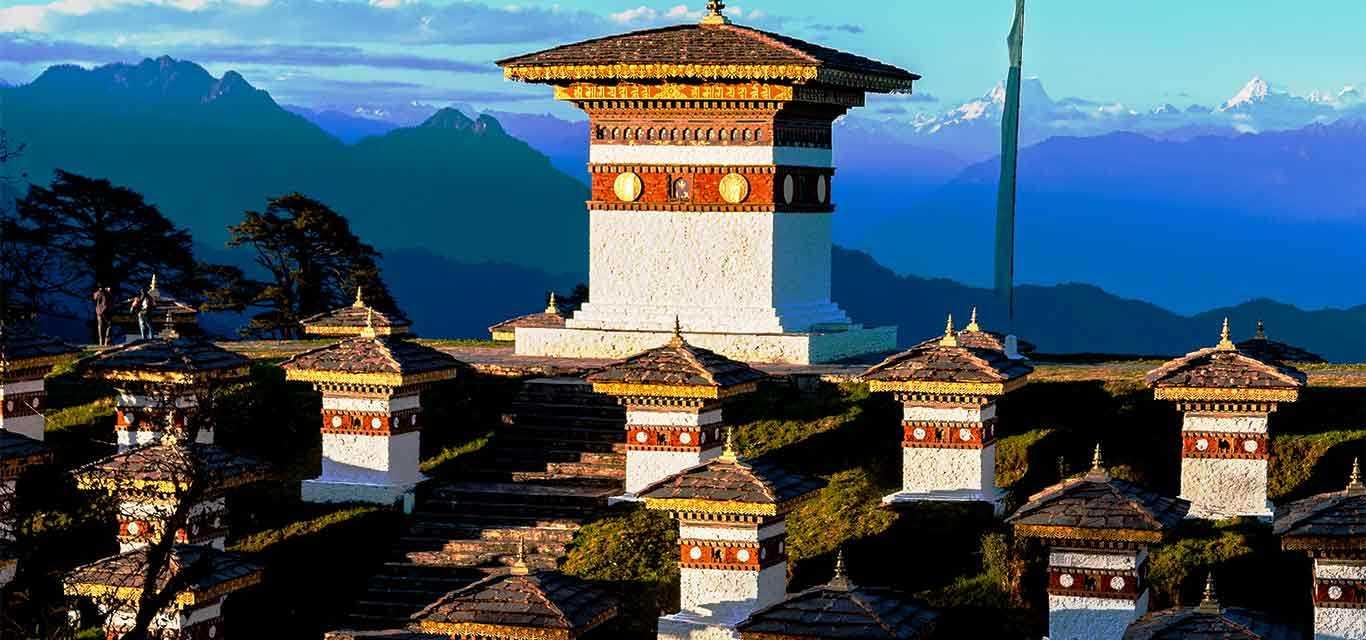Best of the Himalaya Tour
Date of Departure
trip informaiton
Duration
25 days
Max Altitude
EBC North Side 5200 M
Difficulty
Moderate
Starts from
Bagdora Airport, West Bengal
Trips Ends at
Kathmandu
Activity
Accommodation
Meals
Weather
°C
Group Size
Best Season
Region
No Region
Himalayan Trekkers offers clean hygienic and comfortable accommodations for our valuable guests. We provide 3-star standard category hotels/resorts with breakfast at the hotel on a twin/double sharing basis in the city areas for this “Best of the Himalaya Tour”. Most of the destinations in our itinerary have 3 standard category accommodations but they might not meet the exact international level.
For the destinations like Nepal-Tibet Border, Tingri, Shegar, and surrounding places while traveling to Lhasa, we provide the best possible locally owned basic lodge/guesthouse accommodations as there are no accurate star hotels. Though they are basic, they are neat and clean with private bathrooms, rooms with heating or air-con services, and rooms with mountain views in the mountain areas in Tibet.
Note: This is a minimum standard tour so we provide the above-mentioned accommodations. However, travelers can modify/upgrade the accommodations as per their interest with additional cost.
Meals during the Himalayan Countries Tour
Breakfast is included in every package we provide. We did not include lunch, dinner, or drinks in this package because you can select from a broad variety of cuisines and restaurants/cafes/pubs accessible in the cities.
However, we can recommend you the places to dine in as per your preferences those serving healthy and hygienic foods. You can go for an authentic traditional menu or eat the continental or western cuisines. The choice is up to you.
But, every package in Bhutan is based on a full board basis, which includes all meals (breakfast, lunch, and dinner).
Note: Alongside authentic restaurants, there are pubs, bars, and western restaurants on a wide range in popular cities like Kathmandu, Lhasa, Paro, Thimphu, and Sikkim. Interested can visit one of the best ones and enjoy as per your preferences.
Drinking Water: We travel in a private vehicle/car for the entire trip, and we provide safe bottled drinking water. Also, we suggest you carry a Thermos Bottle to keep the water warm if you prefer warm water.
Susan Boone
Best of Himalaya Tour October 2018
Lorraine
Month-long Best of Himalaya Tour
John Butler
Amazing Trip experience with Himalayan Trekkers
Shira Penelope






